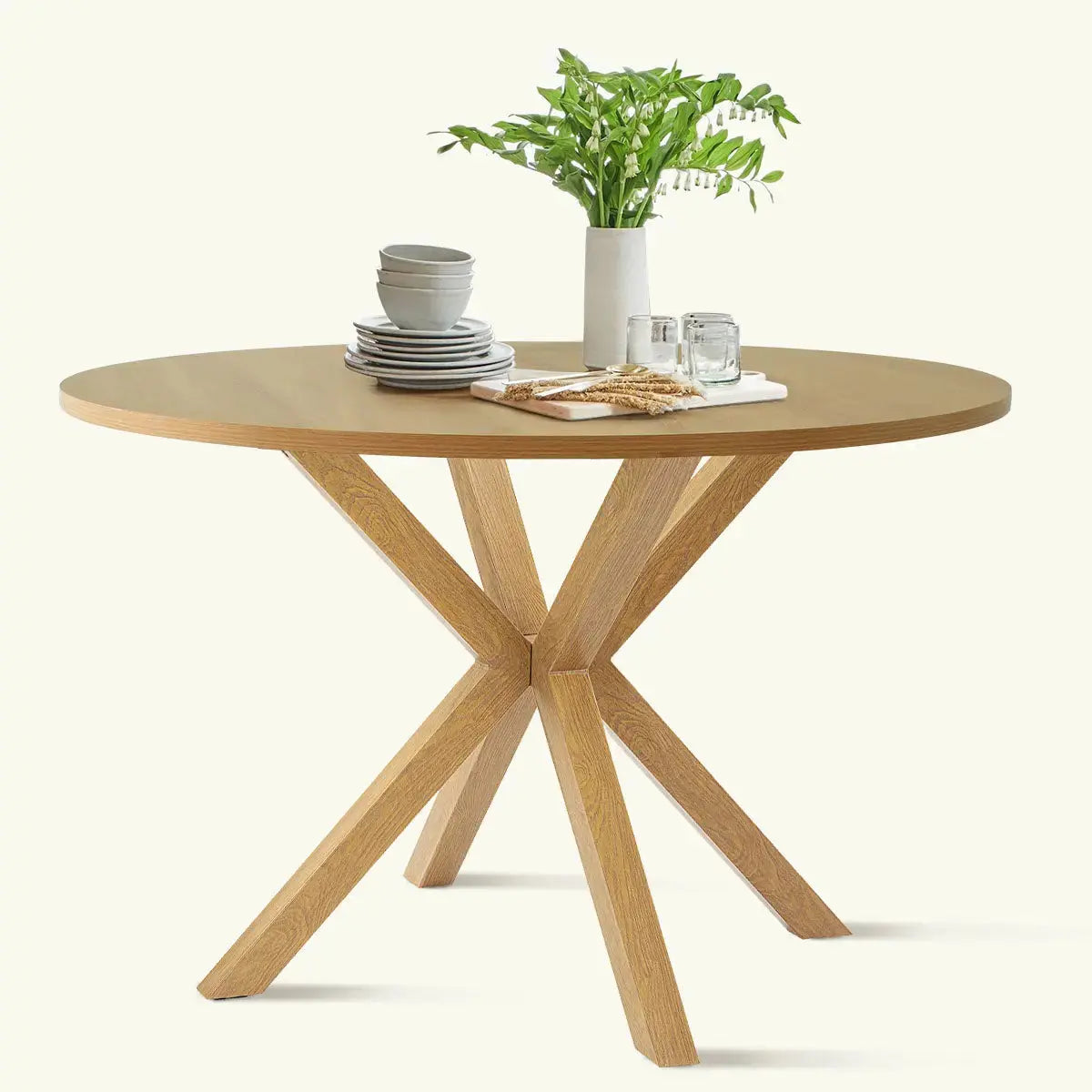Dining Room Table Legs: A Guide to Selecting the Right Style for Your Home
Dining Room Table Legs: A Guide to Selecting the Right Style for Your Home
Blog Article
From Conventional to Modern: Locate the Suitable Dining-room Table Legs for Your Design
While classic layouts such as cabriole and turned legs stimulate a feeling of ageless refinement, modern styles like hairpin and geometric options present a possibility for striking visual rate of interest. As you consider these components, the concern stays: just how can you effortlessly incorporate these diverse leg designs to create a harmonious dining experience?
Understanding Table Leg Styles
The selection of dining-room table leg styles can considerably affect both the looks and capability of the area. Each leg style adds distinct practical functions and visual aspects, accommodating varied design preferences and usage requirements. Comprehending these styles is critical for choosing the appropriate dining table that aligns with your general indoor style vision.
As an example, tapered legs offer a tidy, traditional appearance that can improve a room's elegance, while stand bases offer stability and make the most of legroom, making them optimal for smaller rooms. Barrette legs, a hallmark of mid-century contemporary layout, present an industrial panache, allowing for an airy, open feeling. Likewise, trestle legs stimulate rustic beauty, supplying robust assistance and a sense of timelessness.
Wood legs can bring heat and structure, whereas steel choices frequently share a smooth, modern ambiance. Ultimately, recognizing table leg styles is vital for developing a cohesive dining location that reflects individual design while making certain usefulness and comfort.
Conventional Table Leg Options
When picking dining room table legs, traditional choices frequently symbolize ageless style and craftsmanship. These designs mirror a rich heritage and a dedication to top quality, making them optimal for those who appreciate timeless looks.
Among the most famous conventional leg designs is the cabriole leg, defined by its stylish curved shape. This layout typically includes ornamental makings and is most frequently discovered in Queen Anne and Chippendale furnishings. Another preferred choice is the turned leg, which boasts a series of smooth, rounded shapes that give a timeless appearance while keeping stability.
Additionally, the straight leg, while easy, provides a unadorned and durable framework that can mix effortlessly with a range of tabletop styles. For those attracted to ornate outlining, claw-and-ball feet legs stimulate a feeling of magnificence and can function as a magnificent centerpiece in any eating space.
Last but not least, pedestal bases, although not strictly legs, offer an alternative typical option that enables enough legroom and can be beautifully sculpted. Each of these traditional leg styles adds to the overall atmosphere of a dining-room, weding function with visual allure.

Modern Table Leg Layouts
Modern table leg layouts offer a varied series of styles that highlight tidy lines and innovative materials. These layouts typically focus on performance while functioning as striking focal factors within a dining area. Minimal aesthetics prevail, with legs crafted from materials such as steel, glass, and crafted timber, which contribute to a modern and airy feeling.
One preferred design is the barrette leg, characterized by its slim, tapered structure that supplies security without frustrating the tabletop (dining room table legs). weblink This style is commonly found in mid-century modern-day furnishings and can easily enhance numerous eating table forms. An additional trend is using geometric shapes, where legs may take on unbalanced or angular types, including visual passion and a touch of creativity

Blending Designs for Unique Rooms
Often, homeowners look for to create one-of-a-kind dining rooms that mirror their personal design by blending different style aspects. This strategy enables for the consolidation of diverse looks, leading to a harmonious yet distinctive atmosphere. For example, coupling a rustic wooden table with streamlined, modern metal legs can create a distinctive contrast that boosts the room's overall appeal.
Furthermore, incorporating vintage table legs with contemporary table tops can stimulate a sense of history while preserving a modern-day sensibility. Such mixes not only showcase private preference but also urge creativity, permitting house owners to curate a space that really feels both individual and inviting.
Shade plays an essential function in this mixing procedure; picking table legs that complement or comparison with the existing color pattern can boost aesthetic interest. Whitewashed legs can soften the daring of a dark table surface, developing a balanced aesthetic.
Tips for Picking the Right Legs
Choosing the right table legs is necessary for attaining both performance and visual appeal in your dining space. Begin by taking into consideration the general design of your area. Conventional settings profit from legs that include complex carvings or turned layouts, while contemporary areas may require smooth, minimalist styles.
Next, analyze the elevation and security of the legs. dining room table legs. Standard table vary in between 28 to 30 inches in height, so make sure the legs match this dimension for comfort. In addition, robust materials, such as hardwood or metal, can improve stability and durability
Review the leg shape too-- choices include right, tapered, or stand designs. Straight legs provide a timeless look, while tapered legs can include a touch of sophistication. Pedestal bases offer ample legroom and are excellent for smaller sized spaces.
Conclusion
In recap, choosing the ideal dining space table legs needs mindful factor to consider of both typical and contemporary styles. By harmonizing leg design, elevation, and material with the overall decor, a natural and inviting environment can be attained.
The variety of eating area table leg styles can significantly influence both the aesthetics and capability of the space. Eventually, recognizing table leg styles is vital for creating a get more natural eating location that reflects personal design while making sure practicality and convenience.One of the most renowned typical leg designs is the cabriole leg, identified by its graceful rounded form. Straight legs provide a timeless appearance, while tapered legs can add a touch of sophistication.In summary, picking the excellent dining room table legs requires careful factor to consider of both modern-day and typical designs.
Report this page